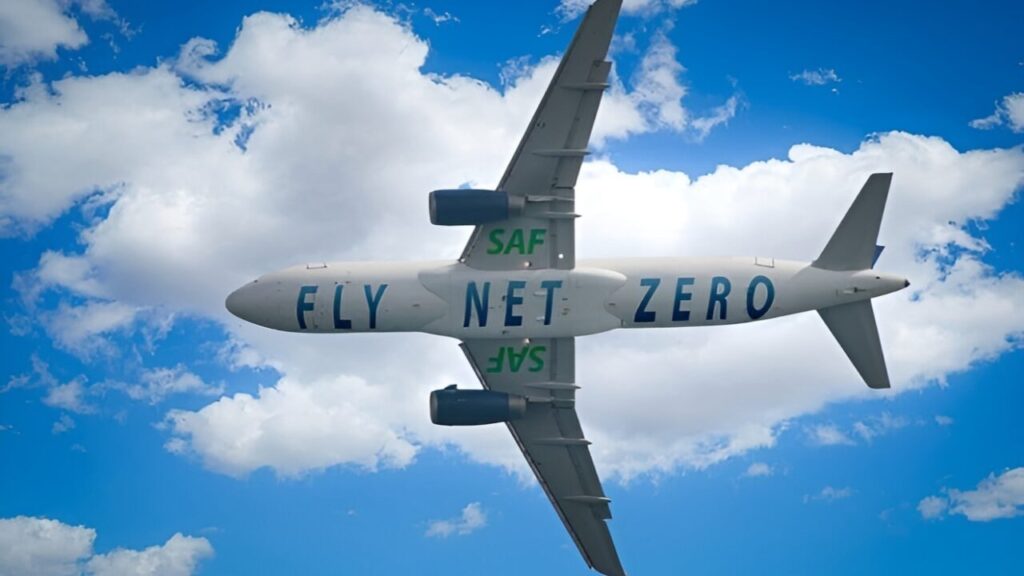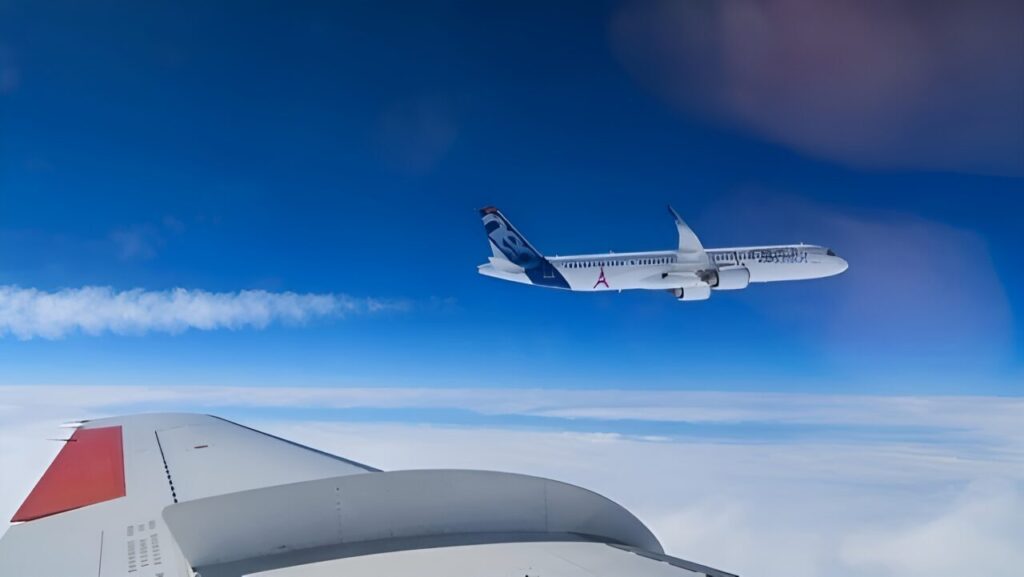In a groundbreaking development for the aviation industry, the white trails left by airplanes, known as condensation trails or contrails, are set to become a thing of the past. The secret behind this innovation is Sustainable Aviation Fuel (SAF). Here are the details of the ECLIF3 study and the benefits of this new fuel.
The Disappearance of Airplane Contrails with Sustainable Aviation Fuels
SAF, or Sustainable Aviation Fuel, is derived from renewable resources and can be blended with traditional fossil fuels. It is produced from materials such as used cooking oils and food waste. Currently, airplanes can operate with a mix of up to 50% SAF and 50% fossil fuels, with the goal of achieving 100% SAF operation by 2030. This shift promises fewer contrails and a cleaner environment.

The ECLIF3 Study and its Findings
In a collaborative effort known as the ECLIF3 study, Airbus, Rolls-Royce, the German Aerospace Center (DLR), and SAF producer Neste examined the performance and climate impact of SAF. Using Airbus A350 aircraft running entirely on SAF, the study found that SAF use reduces the formation of ice crystals in contrails by 56%, which in turn decreases the negative climate effects of these trails by 26%.
Production Methods for SAF
Several successful methods are used to produce SAF:
- HEFA (Hydrotreated Esters and Fatty Acids): This method produces fuel from vegetable oils and used fats.
- Alcohol to Jet (AtJ): This process converts alcohols like ethanol and isobutanol into SAF.
- eFuels: Synthetic fuels are produced using green hydrogen and carbon dioxide.

These methods make SAF more widespread and accessible.
Impact on Climate Change
Contrails contribute to climate change by trapping heat in the atmosphere. By reducing the formation of these trails, SAF can play a significant role in combating climate change. The studies indicate that SAF not only reduces the carbon footprint but also mitigates the overall impact on climate change.
Future of Aviation with SAF
With fewer contrails and a reduced carbon footprint, the future of aviation looks greener and more sustainable. This advancement is promising for both our planet and future generations.
What do you think about this innovation? Share your thoughts with us in the comments.

